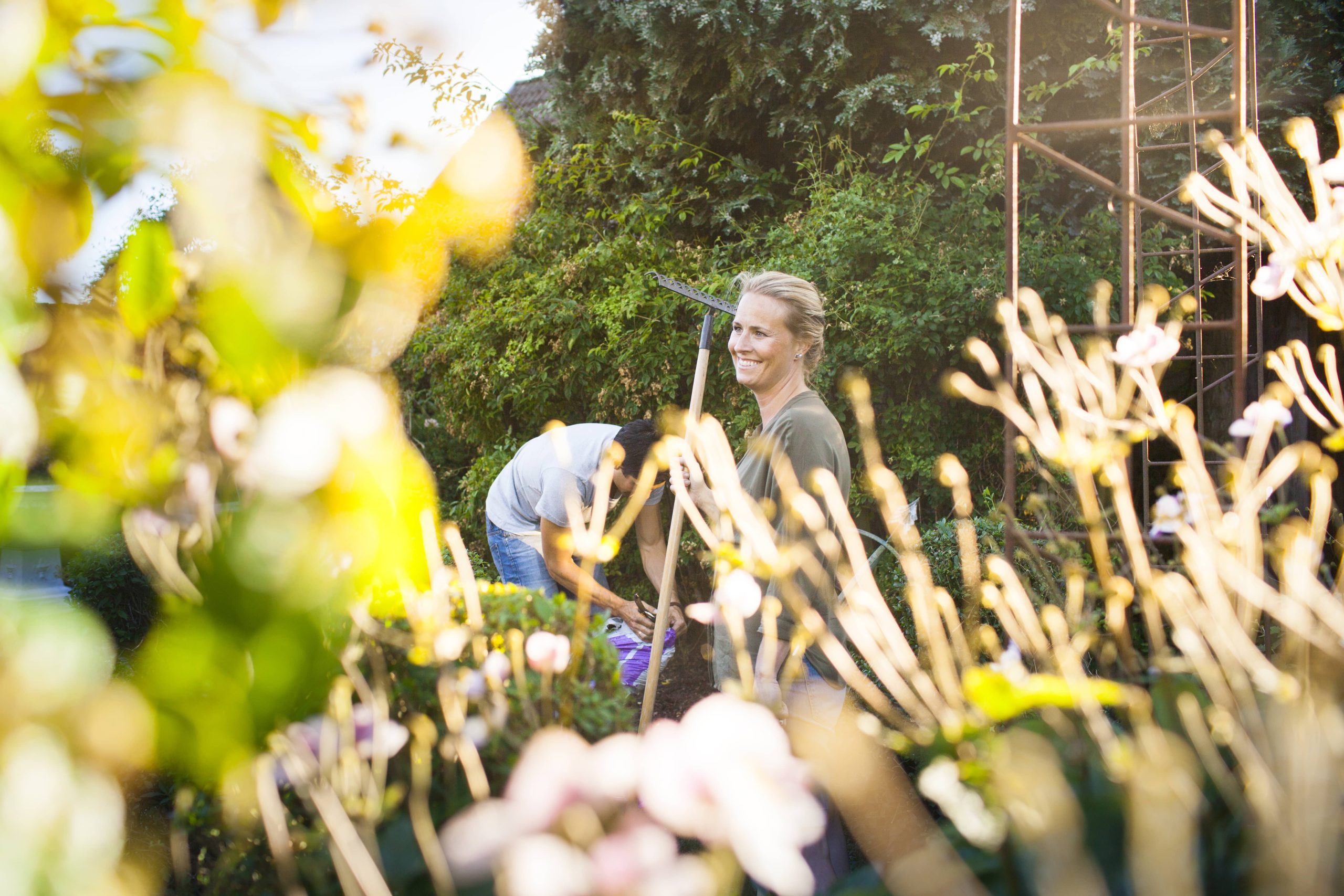
Gardening enthusiasts who live in urban environments or those with limited backyard space often feel disheartened by the misconception that growing fruit trees requires a sprawling, open area. This simply isn’t the case. With a little creativity and the right selection of fruit trees, even the smallest outdoor spaces can be transformed into fruitful oases. Today, we’ll delve into the world of compact fruit trees—the perfect solution for small spaces and beginner gardeners who long for a homegrown harvest.
Why Choose Dwarf and Miniature Varieties?
The secret to having fruit trees in small spaces lies in selecting dwarf or miniature varieties. Unlike standard-sized fruit trees that can grow anywhere from 20 to 30 feet tall, dwarf fruit trees typically reach heights of only 8 to 10 feet. Miniature varieties are even smaller, often maxing out at 3 to 6 feet. Their reduced stature makes them ideal for growing in patios, balconies, or small backyards without sacrificing the quality or quantity of the fruit produced.
The Perks of Growing Dwarf Fruit Trees:
1. Space Efficiency: Their compact size allows them to fit snugly into limited-space environments.
2. Easy Maintenance: They are easier to prune, spray, and harvest due to their manageable height.
3. Quicker Fruit Production: Dwarf trees typically bear fruit sooner than their full-sized counterparts.
4. Versatility: They can be grown in the ground or in containers, offering versatility for different gardening scenarios.
Ideal Beginner-friendly Fruit Trees
Here are some excellent beginner-friendly fruit trees for small spaces. These options are both manageable for novice gardeners and prolific producers of delicious fruit.
1. Dwarf Citrus Trees
– Lemons, Limes, and Oranges: These varieties are popular choices because they thrive well in pots. Consider the ‘Meyer Lemon,’ ‘Persian Lime,’ or ‘Calamondin Orange.’ They thrive in sunny spots and can even be brought indoors during winter months in colder climates.
– Potted Environment: Ensure a good drainage pot and rich soil mixed with gravel or sand for aeration. Regular watering and periodic feeding with citrus fertilizer will keep them happy.
2. Dwarf Apple Trees
– Versatile Choices: Adaptable to a wide range of climates, choose varieties like the ‘Fuyu’ or ‘Gala’ apple for small spaces.
– Pollination: While some trees are self-pollinating, having two different varieties can improve yield.
– Climate Flexibility: They are hardy trees that can withstand harsher conditions, making them great for beginners who may not have optimal growing climates.
3. Dwarf Cherry Trees
– Compact and Productive: Varieties such as ‘Stella,’ ‘Compact Stella,’ or ‘Minnie Royal’ are self-fertile cherries that thrive even when planted alone.
– Beautiful Spring Blooms: In addition to delicious fruit, these trees also offer a visual feast with their stunning blossom displays.
4. Dwarf Pear Trees
– Sweet Return: Varieties like ‘Moonglow’ and ‘Seckel’ produce beautifully sweet fruit and have the added advantage of being disease-resistant.
– Positioning: Pears prefer a spot with good sunlight. They don’t thrive in areas where they are overshadowed by larger trees or buildings.
5. Fig Trees
– Natural Containers: Varieties like ‘Petite Negra’ or ‘Little Miss Figgy’ are excellent for container growth.
– Warmth and Joy: Figs prefer warmer climates but can flourish in pots that are moved indoors when temperatures drop.
Tips for Growing Fruit Trees in Small Spaces
Location Matters
– Sunshine: Most fruit trees require six to eight hours of sunlight each day. Choose a bright spot for planting or positioning your pots.
– Windbreaks: Small spaces often mean being closer to buildings that channel wind gusts. Set up barriers to protect young trees from strong winds.
Potting and Soil
– Container Size: Choose containers no less than 15-20 gallons to ensure enough room for roots to grow. Having wheels on the pots can allow for easy repositioning if necessary.
– Soil Quality: Use high-quality, well-draining potting mix with added organic matter. Regular feeding based on the tree’s needs is recommended.
Watering and Pruning
– Consistency is Key: Provide consistent moisture, especially during the growing season. Avoid letting the soil dry out completely.
– Regular Pruning: Helps maintain their shape and encourages healthy growth. Don’t be intimidated—pruning is more straightforward than it may seem and vital for keeping trees productive and well-structured.
Patience and Pest Management
– Practical Patience: Understand that fruit trees take time to mature and produce bountiful harvests. Patience and quality care will eventually pay off with delicious fruit.
– Pests and Protection: Keep an eye out for common pests and treat promptly. Using neem oil or insecticidal soap can help prevent infestations.
In conclusion, growing fruit trees in small spaces opens up a world of opportunities for urban dwellers and those with limited garden areas. With the selection of beginner-friendly and space-efficient varieties, such as dwarf citrus, apples, and pears, even a modest balcony or patio can yield a gratifying and fruitful harvest. Embrace these smaller fruiting companions and savor the joy of picking fresh produce from your little slice of paradise. Happy gardening!













